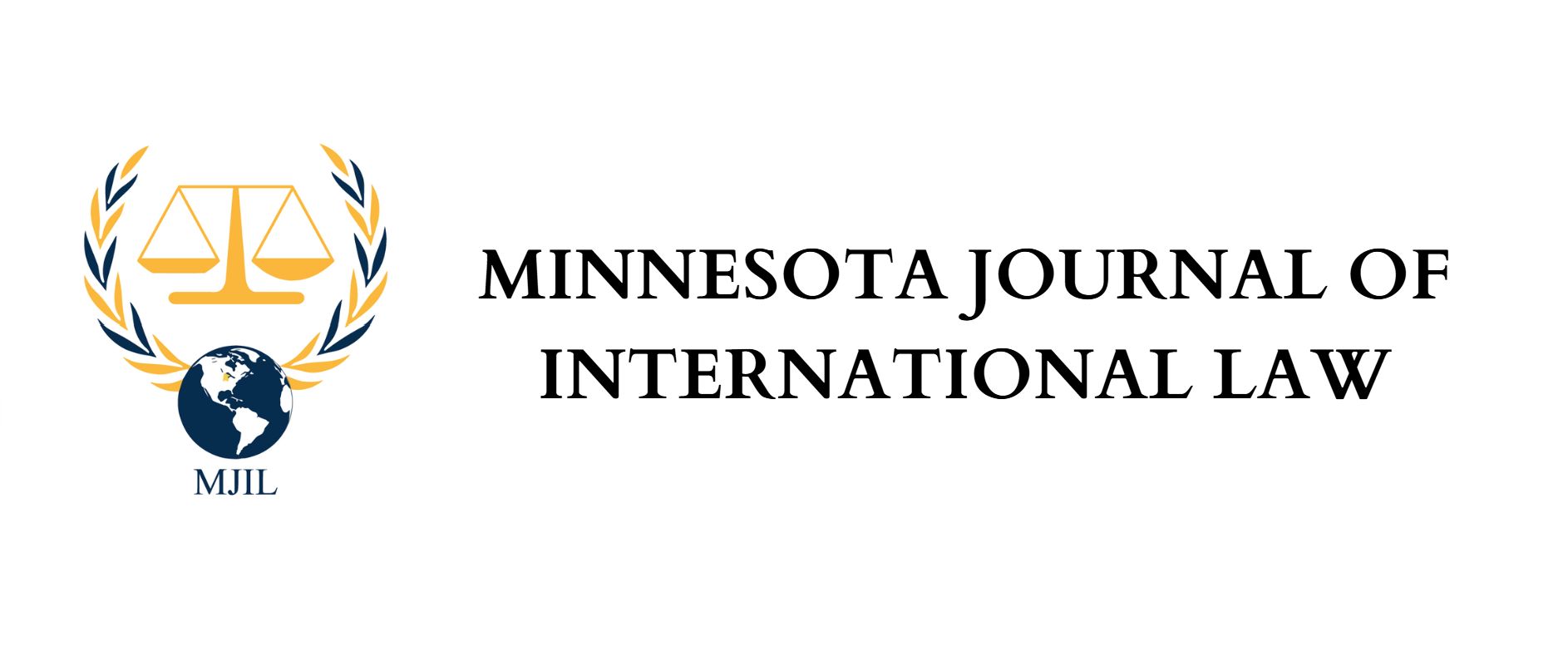E. Catlynne Shadakofsky, MJIL Staff Member
 Despite the growing awareness and international support for legal reform providing protection for children in the work force, social and economic factors continue to present large obstacles standing in the way of laws’ positive impact. Even after the adoption of laws changing the structure of employing children, historically, the effectiveness of the legal change depends on whether society agrees with and agrees to be bound by it.[1]
Despite the growing awareness and international support for legal reform providing protection for children in the work force, social and economic factors continue to present large obstacles standing in the way of laws’ positive impact. Even after the adoption of laws changing the structure of employing children, historically, the effectiveness of the legal change depends on whether society agrees with and agrees to be bound by it.[1]
Brazil adopted the UN Convention of the Child[2] in September 1990. In doing so, Brazil took a stand to protect children “from economic exploitation and from performing any work that is likely to be hazardous or to interfere with the child’s education, or to be harmful to the child’s health or physical, mental, spiritual, moral or social development.”[3]
According to the 2014 Findings on the Worst Forms of Child Labor:
[One hundred fifteen] out of 140 governments covered in this report made at least one meaningful effort in advancing the elimination of the worst forms of child labor. Fifty-nine governments made efforts in the areas of laws and regulations, 54 governments made efforts in the area of enforcement, 39 governments made efforts in the area of coordination, 62 countries made efforts in the area of government policies, and 66 countries made efforts in the area of social programs.[4]
After the completion of the assessment, Brazil was found to be a country that made “Significant Advancement” in the areas of legislation and enforcement, but also made additional significant efforts in other areas.[5] Brazil’s progress is due, in large part, to the government and the people working together to create and support social programs that benefit society as a whole, not just the individual children affected, in addition to a reliable law enforcement body, the legal change takes root.
Brazil is known as having undergone “one of the most progressive transformations of laws protecting children and youth seen anywhere in the world.”[6] It was not simply the codification of the UN Convention, and in 1999 the ILO Child Labor No. 182 directive,[7] that Brazil’s success in making such dramatic strides in the area of eliminating the worst forms of child labor. It is because it has implemented social programs in addition the laws and statutes, like the Child and Adolescent Statute,[8] which outlaw child labor and protect children. Brazil is making major improvements in its ability to combat child labor, but it is due to the support of its government and its general populace, as opposed to the legal change itself.
[1] Seymour Moskowitz, Dickens Redux: How American Child Labor Became a Con Game, 10 Whittier J. Child & Family Advocacy 89, 106 (2010) (articulating several reasons why the Progressive Movement in the United States led to development in school systems—including size, complexity, bureaucratic control, and monitoring attendance—as well as religious organizations, women’s groups, trade unions, and other entities advocating for the political movement set to restrict child labor through school attendance laws and child welfare).
[2] Convention on the Rights of the Child, G.A. Res. 44/25, U.N. GAOR, 44th Sess., Supp. No. 49, at 166, U.N. Doc. A/44/49 (1989)
[3] Convention on the Rights of the Child, art. 32(1).
[4] 2014 Findings on the Worst Forms of Child Labor, U.S. Dep’t of Labor p. xxiii, http://www.dol.gov/ilab/reports/child-labor/findings/2014TDA/2014TDA.pdf.
[5] 2014 Findings on the Worst Forms of Child Labor, U.S. Dep’t of Labor p. xxv, http://www.dol.gov/ilab/reports/child-labor/findings/2014TDA/2014TDA.pdf.
[6] Charles T. Mantei, It Takes A Village to Raise A Child: The Role of the Organization of American States in Eliminating the Worst Forms of Child Labor in Brazil, 32 U. Miami Inter-Am. L. Rev. 469, 485–86 (2001) (citing Steven Klees and Irene Rizzini et al., A New Paradigm for Social Change: Social Movements and the Transformation of Policy for Street and Working Children in Brazil, in Children on the Streets of the Americas 86, 79–80 (Roslyn Arlin Mickelson, ed., 2000)).
[7] New ILO Convention Outlaws Child Soldiers as Worst Form of Child Labour, Int’l Lab. Org., http://www.ilo.org/public/english/standards/ipec/about/factsheet/facts03.htm (last modified October, 2000) (indicating ILO unanimously adopted the Convention on Child Labor in June 1999).
[8] Mantei, supra note 6 (characterizing Brazil’s Child and Adolescent Statute as a “sea change” in public policy protecting against child labor in Brazil).
